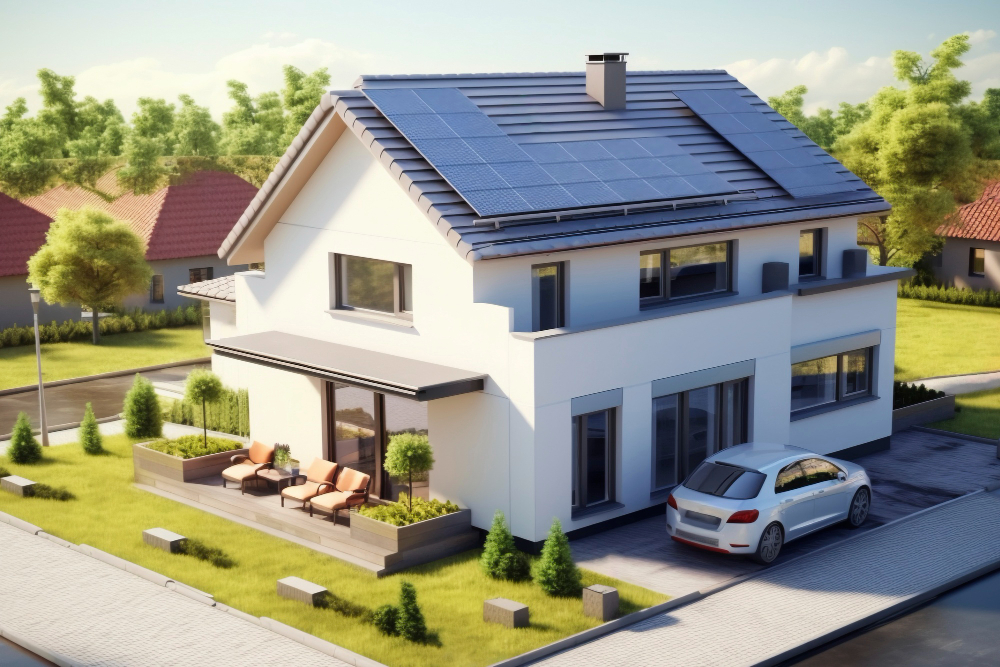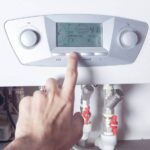The idea of installing a DIYphotovoltaic system may seem smart.
Promette non solo un significativo risparmio sui costi di installazione ma anche la soddisfazione di completare un progetto autonomamente.
But it is truly a prudent choice to proceed without the help of aprofessional| ||90? Esploriamo i dettagli di questa opzione per capire meglio.
General overview
Photovoltaicphotovoltaic systems convert sunlight into electricity through solar cells, typically made of silicon.
The 'do it yourself' concept in this logic includes the individual purchase of components and autonomous installation without the intervention of a qualified technician.|| |100
Vantaggi teorici del fai da te
Among the theoretical advantages of DIY there are undoubtedly thesavings on installation costs and thepersonal satisfaction.
These systems may appear as an opportunity to reduce initial costs and, for DIY enthusiasts, a pleasant project to to dedicate your weekends to.
Risks and disadvantages
The risks associated with this choice can easily outweigh the potential benefits:
Security
Il primo rischio è la security. Improper installation of an electrical system can cause serious accidents, including the risk of fire.
Lack of experience and technical knowledge can turn a DIY project into a danger for you and your family .
Efficiency
Another problem isefficiency. Without specific skills, it is difficult to install a system that makes the most of local solar conditions.
A professional knows how to optimize the orientation and inclination of the panels, thus maximizing the energy produced and, consequently, the investment.
Warranties and assistance
Do-it-yourself often does not includewarranties on labor or technical support post-installation.
This means that any problems will have to be resolved at your expense, increasing long-term costs.
Importance of professional support
Choosing a Professional installation guaranteessafety,optimal efficiency, andongoing support.
A qualified technician will not only follow all safety regulations but will also ensure that your system works to the best of its ability.
Hidden costs of DIY
Not considering thehidden costs of DIY is a common mistake.
These include additional costs for installation errors , more frequent maintenance and even fines for non-compliance with local regulations.
Legal and regulatory considerations
In Italy, photovoltaic systems must adhere to specificregulations which guarantee the safety and effectiveness of the installation.
These rules cover everything from design to installation, and not following them can lead to fines or the revocation of state incentives .
How to choose a professional
When choosing an installer, consider his experience, thecertifications held and the reviews of other customers.
FAQs
What are the main risks of a DIY photovoltaic system?
The risks include safety problems, lower efficiency and lack of warranties or technical support.
Can I really save money by installing the system myself?
Although it may seem like you are saving on upfront costs, the risks and hidden costs of DIY can ultimately surpass that of a professional installation.
What kind of support can I expect from a professional?
A professional installer offers comprehensive support, from pre-installation advice to post-installation maintenance and support, ensuring your system runs efficiently and safely.
How can I check if an installer is really qualified?
Check its certifications, verify accreditation from recognized bodies and read the reviews of other customers.
Is it really worth installing a photovoltaic system yourself?
Although the idea of installing a photovoltaic system alone may seem economically advantageous, the associated risks, especially in terms of safety and efficiency, make this option less desirable .
The assistance of aprofessional is not only a guarantee of quality but also an investment in the long-term safety and efficiency of your system.











